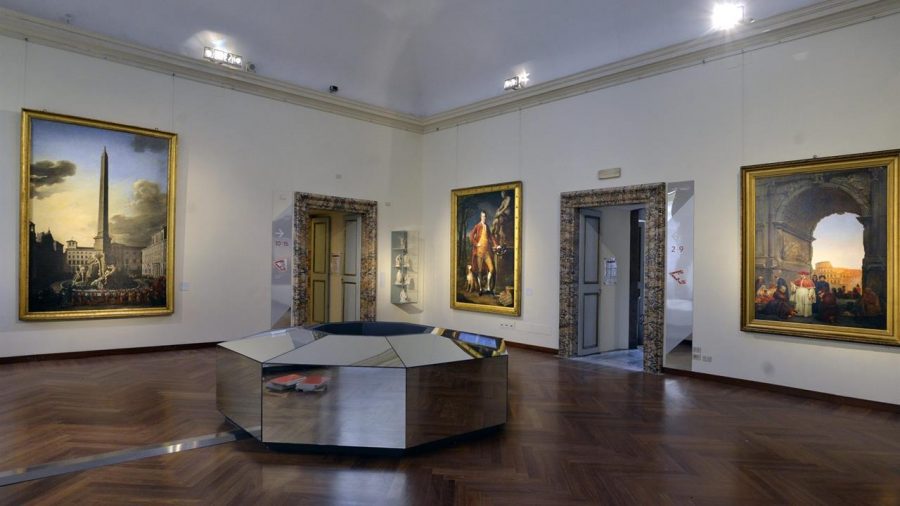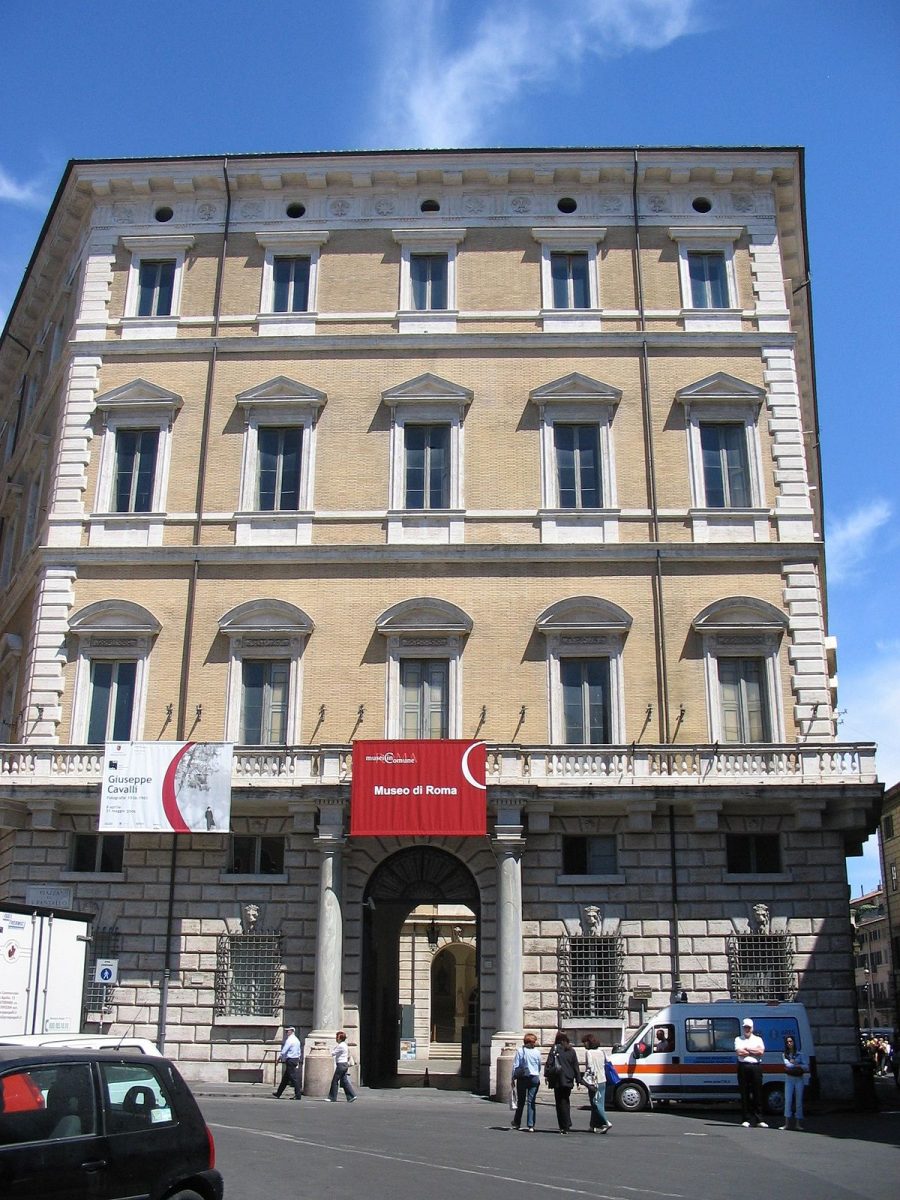The museum of Palazzo Braschi has rearranged the exhibition rooms to retrace the history of Rome
The historic building proposes a rearrangement of the museum rooms which, through paintings, fragments of frescoes, models, finds and other contributions, tell the life of Eternal City.
Palazzo Braschi is located in the Renaissance heart of Rome
Braschi Palace located between Piazza Navona and Corso Vittorio Emanuele II, it was designed by the architect from Imola Cosimo Morelli (1732-1812) on behalf of Pope Pius VI (1775 - 1799) who wants to donate it to his nephew, Luigi Braschi Onesti.
The construction of the building is faced with the wealth that the Pope makes flow into the coffers of his nephew Luigi. This is thanks to the unscrupulous attribution of numerous privileges.
Palazzo Braschi therefore represents one of the last testimonies of papal nepotism before the political and cultural transformations induced by the French Revolution.

The construction of the new building begins in 1792 on the same area as the fifteenth-century Palazzo Orsini. It was demolished the previous year. The works are interrupted by the French occupation of 1798 (during which Pope Pius VI dies in exile) e resume in 1802. Already in 1804 the monumental staircase was completed. And perhaps also the chapel on the first floor, attributed to Giuseppe Valadier (1762-1839).
The economic problems of Duke Luigi Braschi Onesti did not allow to complete the decorations of the palace. And on his death, in 1816, they remain partially unfinished.
in 1871, the Braschi heirs they sell the building to the Italian State. The state initially used it as the seat of the Ministry of the Interior and, later, as the seat of various fascist institutions. After the war (until 1949) three hundred families of homeless people live there and the habitual use of internal fires causes serious damage to the frescoes and floors. The building is also the subject of numerous demolitions and robberies.
Palazzo Braschi becomes the seat of the Museum of Rome
Palazzo Braschi from 1952 is seat of the Museum of Rome. But only in 1990 the ownership of the building passed to the Capitoline Administration. Closed due to unavailability in 1987, the building is subjected to complex and extensive renovation and restoration works. It reopens to the public in 2002, although the internal recovery of the upper floors is not yet completed. The set-up is concentrated on the two available floors. While the restoration of the other rooms continues, amidst difficulties of various kinds but without causing any disturbance to visitors. Even today, the last refinement interventions of the permanent exhibition path are in progress which, developed on all three floors of the building, will allow to exhibit most of the works that are currently preserved in the deposits of the Museum.
The evolution of the Eternal City

Braschi Palace has rearranged the exhibition rooms to tell the life andevolution of Rome between the seventeenth and twentieth centuries.
On the second floor there are the rooms that overlook Piazza Navona. And where hardly any visitor resists the temptation to take a panoramic photograph. Rome is told through images of great events, panoramic views, parties, games and noble and popular entertainment.
Also on the second floor you can explore the rooms overlooking San Pantaleo square. Rooms covered with faces and stories of popes, nobles, patrons and artists who have contributed to making the city immortal.
On the third floor, finally, the works that tell the transformation that Rome underwent with the demolitions of the late nineteenth century and the interventions made during the Fascist period.





